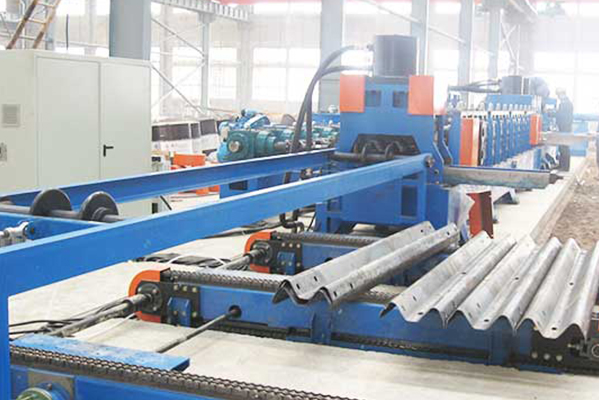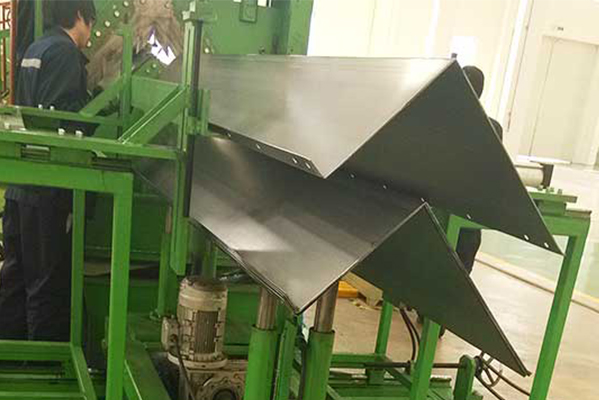Navigation Menu
Contact Us
- Email:
- info@wxavatar.com
- Address:
- Yurong Village, Yuqi Street, Huishan District, Wuxi, China.
Release Date:May 09, 2025 Visit:51 Source:Roll Forming Machine Factory
For folks in the farming and storage industries, steel silos are a big deal - they keep our grains safe and dry. And the machines that make these silos? They're getting some pretty smart upgrades these days. Let's talk about what's changing in the world of steel silo roll forming machines without getting too technical.
Smarter Machines That Learn As They Go
The newest roll forming machines are getting brains. Not literally, of course, but they can now remember settings for different silo sizes and adjust themselves automatically. Imagine having a helper who remembers exactly how you like your coffee - that's what these machines do with silo panels. They store all the measurements and can switch between different designs with just a few button presses.

Some models even notice when something's not quite right during production and make small corrections on their own. This means fewer mistakes and less wasted material, which is good news for everyone's bottom line.
Tougher Materials, Longer Life
The steel we use for silos hasn't changed much, but the way machines handle it has. New roll forming machines work with slightly thicker and stronger steel sheets while using about the same amount of power as older models. The secret? Better roller designs and smarter power distribution.
These improvements mean the machines can work longer without wearing out, and the silos they produce can stand up to rougher weather. For farmers in areas with extreme seasons, this extra durability matters a lot.
Easier Operation for Everyone
Remember when you needed special training to run these machines? Those days are fading. Newer models come with simple touchscreen controls that look more like a smartphone than industrial equipment. Some even have tutorial videos built right into the control panel.
This doesn't mean the machines are simple - they're actually more capable than ever. But the companies making them have realized that not every operator wants to be an engineer. The goal now is to make the complex stuff happen automatically while keeping the interface straightforward.
Quick Changeovers for Small Batches
In the past, roll forming machines were most efficient when making hundreds of identical silo panels. Now, they're getting better at handling smaller, customized orders. Quick-change systems allow operators to switch between different panel profiles in minutes rather than hours.
This is great news for smaller farms or storage operations that need specific silo sizes but can't order in huge quantities. The machines can now economically produce exactly what's needed, when it's needed.
Better Connections for Remote Help
When a machine does have issues, help can often arrive without waiting for a technician to drive out. Many new roll forming machines can connect to the internet (securely, of course) to share performance data. This allows factory experts to diagnose problems remotely and sometimes even fix them with software updates.
For machine owners in rural areas, this can save days of downtime. And for regular maintenance, the machines can now remind operators when service is due, taking the guesswork out of upkeep.
What This Means for Silo Buyers
All these machine improvements translate to better silos that arrive faster and fit more precisely. While the machines themselves are becoming more capable, the focus remains on making reliable storage solutions for crops and materials. The innovations happening behind the scenes are all about delivering quality results with less hassle for everyone involved.

The next time you see a steel silo standing in a field, remember - there's some pretty smart technology that went into making those curved panels fit together just right. And that technology keeps getting better, one roll at a time.